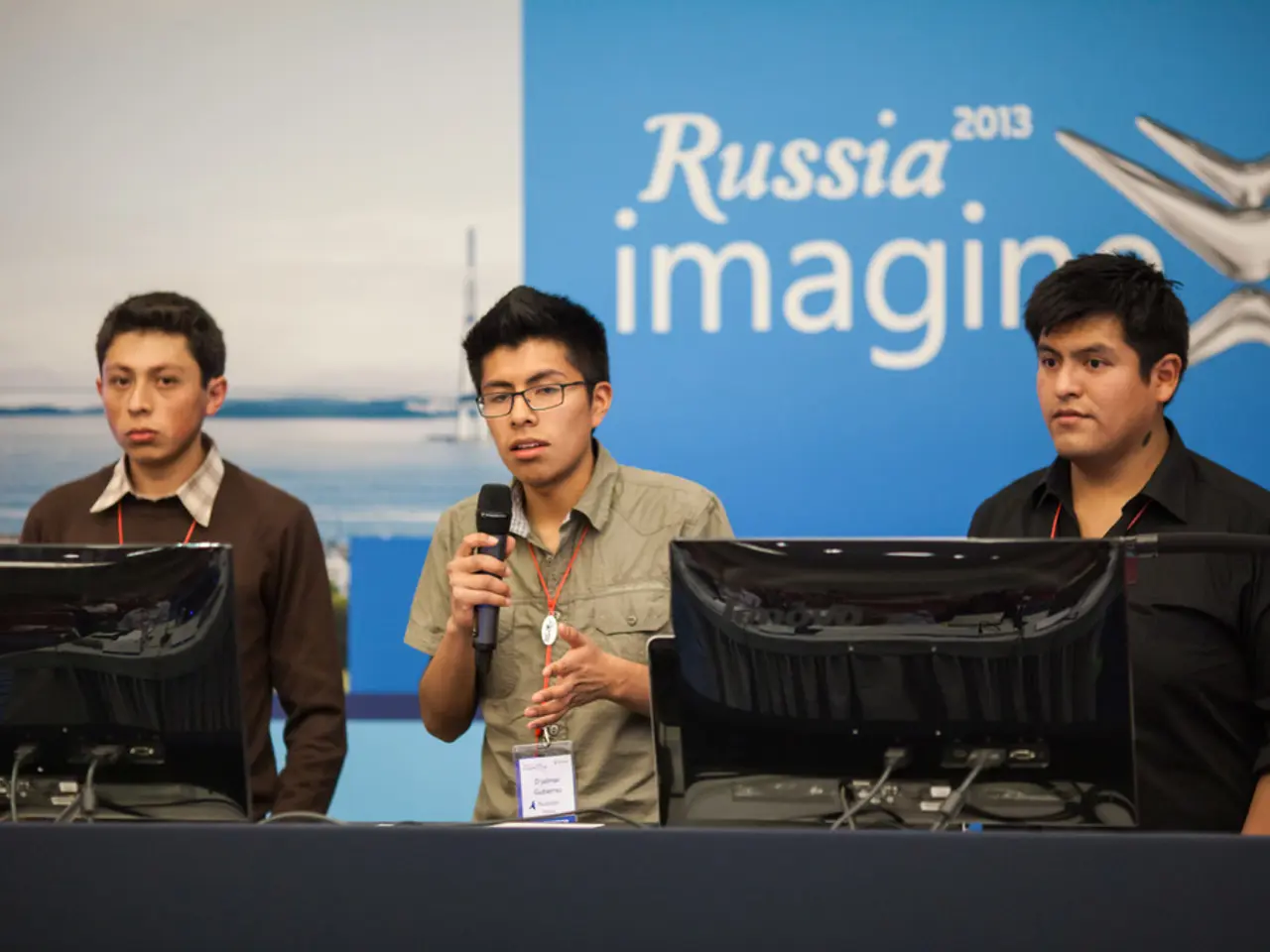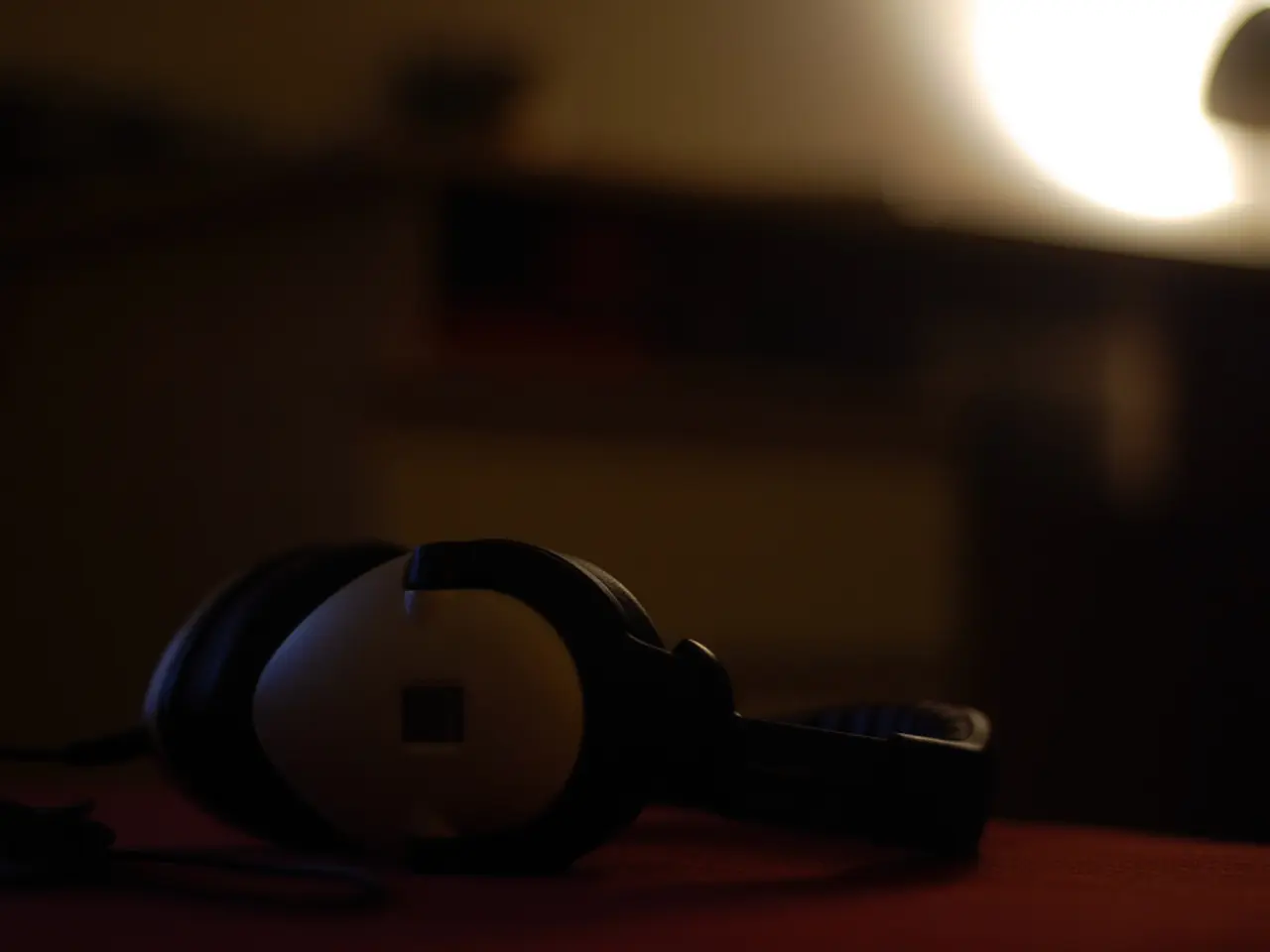The Origin of Uranium Glass's Luminescence Explained
In the heart of Oak Ridge, Tennessee, the Oak Ridge Associated Universities' Health Physics Historical Instrumentation Museum offers a captivating journey through the scientific and commercial history of radioactivity and radiation. One of the museum's many intriguing exhibits is the story of uranium glass, a distinctive type of glass that has left an indelible mark on history.
Origins and Production
Uranium glass, also known as Vaseline glass or depression glass, owes its unique characteristics to the addition of uranium oxide to molten glass. This practice began in the early 19th century, around 1830, with Austrian glassmakers leading the way. The uranium oxide imparts a characteristic yellow-green tint and fluorescence under UV light.
Before the dangers of radioactivity were fully understood, uranium oxide was commonly used for coloring glass and ceramics, as well as in commercial products. One such example is Fiestaware dinnerware, which debuted in 1936 and included colors with uranium-based glazes, notably the orange-red variety with up to 14% uranium by weight.
Apart from decorative uses, uranium was also used industrially, including as an alloying agent in tool steels during World War I, and in tiles and ceramics with varied colors. Uranium dioxide (UO2) itself is primarily used as nuclear fuel today, but its historic role in glass and glaze coloration was significant until concerns about radioactivity limited its use post-WWII.
Radioactivity and Safety
Uranium glass contains low levels of radioactivity, primarily from the uranium isotope used for the colorant. This radioactivity is generally considered safe to handle but not necessarily safe for direct food consumption, as the uranium could leach from the glaze/glass into food or drink.
The glow from uranium glass under blacklight is due to fluorescence, not dangerous radiation levels. Many collectors prize these items for this unique property. Its radioactivity can be detected with a Geiger counter, which is often used to verify uranium content, especially in vintage glass made before 1958.
Historical Context
Uranium for glass and ceramics became cheap and abundant as a byproduct of radium extraction, which required large amounts of uranium ore, resulting in "dirt cheap" uranium oxide entering industrial use. However, the use of uranium in consumer products was curtailed due to radioactivity concerns but was historically a mainstay in glassware production, especially prior to World War I, until awareness of radioactivity hazards grew.
Modern Day and Collecting
While the use of uranium in glass production has been largely phased out, modern versions of uranium glass still exist. Uranium glass can be found in flea markets, dusty attics, museums, and among glass collectors.
For those interested in uranium glass, the Vaseline Glass Collector, Inc. (VGCI) is an active community with over 6,000 followers on Facebook. The organization hosts an annual convention, with the 22nd edition scheduled to take place in Pittsburgh in October 2021.
For practical purposes, the risk from uranium glass is zero. While there may be a small, infinitesimal risk involved with uranium glass, the radioactive exposures from other sources like airplane travel or radon inhalation are much greater. Nevertheless, it is recommended to handle uranium glass with care and avoid using it for food or drink.
In conclusion, uranium glass, with its vibrant colors and unique fluorescence, offers a fascinating glimpse into the past, showcasing the intertwined histories of art, science, and industry. Despite its radioactive nature, with proper handling and care, it remains a captivating collectible for many.
Uranium glass's distinctive properties are due to the addition of uranium oxide to molten glass, a practice initiated by Austrian glassmakers around 1830. The unique yellow-green tint and fluorescence under UV light are results of this addition.
Since uranium oxide was commonly used for coloring glass and ceramics in the past, uranium glass can be found in flea markets, museums, and among glass collectors, such as the Vaseline Glass Collector, Inc. community, with over 6,000 followers on Facebook.



